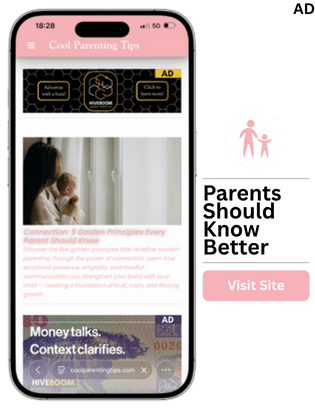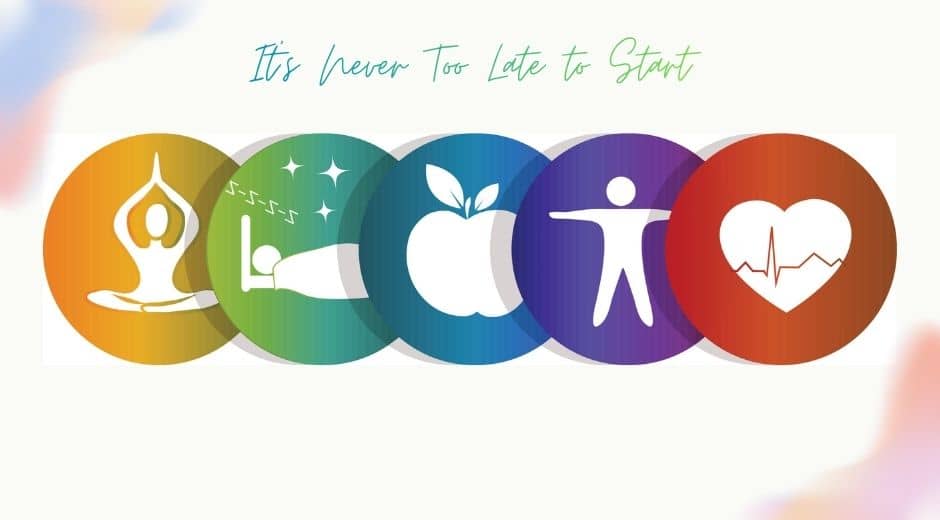Digital Minimalism: Simplifying Life in a Hyperconnected World
Digital Minimalism: Simplifying Life in a Hyperconnected World
In today’s digital age, our lives are increasingly saturated with notifications, messages, and endless streams of content. While technology offers tremendous convenience, it also contributes to distraction, stress, and cognitive overload. Digital minimalism provides a framework for reclaiming focus, enhancing productivity, and fostering mental well-being by intentionally managing our relationship with technology.
Understanding Digital Minimalism
Digital minimalism is more than simply reducing screen time; it is a philosophy of intentional use. The core idea is to focus on digital tools and platforms that add genuine value to life while removing the unnecessary clutter. According to Healthline.com, individuals who adopt digital minimalism report improved concentration, reduced stress levels, and better sleep quality.
The principles of digital minimalism include:
Intentional Use: Engaging with technology purposefully, ensuring that each interaction serves a clear objective.
Digital Decluttering: Organizing files, deleting unused apps, unsubscribing from unwanted notifications, and streamlining online accounts.
Time Management: Allocating specific time blocks for social media, emails, or entertainment, rather than succumbing to constant interruptions.
Fostering Real-Life Connections: Prioritizing face-to-face interactions and offline experiences over passive consumption of digital content.
Benefits of Digital Minimalism
1. Improved Focus and Productivity
Constant notifications and multitasking reduce cognitive performance. By embracing digital minimalism, individuals can eliminate distractions and concentrate on high-priority tasks, boosting productivity. For example, turning off non-essential notifications or setting “do not disturb” modes allows uninterrupted focus on work or creative projects.
2. Reduced Stress and Anxiety
Overexposure to social media, news feeds, and emails contributes to heightened stress and anxiety. Digital minimalism encourages mindful engagement, helping individuals regain a sense of control over their environment. According to studies cited by CoolParentingTips.com, families practicing digital minimalism experience calmer routines and more harmonious interactions, highlighting its emotional benefits.
3. Enhanced Sleep Quality
Late-night screen exposure disrupts circadian rhythms and suppresses melatonin production. Limiting device usage before bedtime—one of the core practices of digital minimalism—promotes restorative sleep, improving mood, energy, and cognitive performance.
4. Strengthened Relationships
By prioritizing face-to-face communication, digital minimalism helps nurture meaningful relationships. Replacing passive scrolling with intentional conversations fosters deeper connections, empathy, and social satisfaction.
5. Increased Creativity and Mindfulness
Reducing digital clutter frees mental space for reflection, creativity, and mindfulness. Engaging in offline hobbies, journaling, or exploring nature enhances cognitive flexibility and emotional resilience.
Strategies to Implement Digital Minimalism
1. Conduct a Digital Audit
Start by evaluating all devices, apps, and online accounts. Ask questions such as:
Does this tool add meaningful value?
Am I using it intentionally or out of habit?
Does it enhance my life or distract me from my priorities?
Removing unnecessary tools and notifications is the first step toward digital minimalism.
2. Set Clear Boundaries
Define when and how technology is used. Examples include:
No phone during meals or family time
Dedicated time blocks for email and social media
Limiting work-related communications to specific hours
These boundaries prevent technology from encroaching on personal life and mental space.
3. Curate Social Media and News Feeds
Follow only accounts that inspire, educate, or entertain meaningfully. Unfollow or mute content that causes stress, comparison, or negativity. This aligns digital consumption with personal values and goals, supporting digital minimalism.
4. Embrace Analog Alternatives
Engage in offline activities to replace compulsive digital habits:
Reading physical books instead of e-readers
Writing in a journal instead of using note-taking apps
Engaging in in-person hobbies, such as cooking, gardening, or sports
Analog experiences reduce mental fatigue and foster presence.
5. Practice Mindful Technology Use
Before opening apps or checking notifications, pause and ask: “Is this purposeful?” Mindful engagement ensures every interaction with technology aligns with personal goals, enhancing the benefits of digital minimalism.
6. Leverage Technology for Good
Not all technology is detrimental. Use digital tools to support wellness, learning, and productivity:
Meditation or mindfulness apps
Habit-tracking apps
Educational platforms
Bodywellnessgroup.com offers tips for using technology to support intentional routines without succumbing to digital overwhelm.
Common Challenges and Solutions
Fear of Missing Out (FOMO)
Many individuals hesitate to reduce digital engagement due to FOMO. Setting defined check-in times and prioritizing essential information helps mitigate this concern.
Habitual Scrolling
Breaking automatic behaviors requires conscious effort. Strategies include app timers, screen time limits, or moving frequently used apps off the home screen.
Social Expectations
Friends, family, or colleagues may expect instant responses. Communicate availability and boundaries clearly to align expectations with your digital minimalism practices.
Overreliance on Devices
Replacing devices with alternative activities—exercise, reading, or hobbies—reduces dependency and strengthens mental resilience.
Integrating Families into Digital Minimalism
Families can adopt digital minimalism together. According to CoolParentingTips.com, establishing shared rules, tech-free zones, and scheduled family activities fosters connection and reduces stress. Modeling intentional technology use for children promotes lifelong digital literacy and emotional balance.
Measuring Success in Digital Minimalism
Indicators of effective digital minimalism include:
Increased focus and productivity
Reduced stress and anxiety
Improved sleep quality
Enhanced real-world relationships
Greater engagement in hobbies and offline experiences
Tracking changes in mood, attention span, and personal satisfaction helps evaluate progress.
Conclusion
Digital minimalism is a practical philosophy for thriving in a hyperconnected world. By intentionally managing technology use, decluttering digital spaces, and prioritizing real-life interactions, individuals can improve focus, mental clarity, emotional well-being, and relationships. Combining mindful strategies with supportive tools and family engagement ensures sustainable results.
For guidance on implementing digital minimalism in your daily routine, visit Bodywellnessgroup.com. For evidence-based advice on managing technology and wellness, see Healthline.com, and for family-focused digital strategies, check CoolParentingTips.com.
Adopting digital minimalism empowers individuals to reclaim attention, foster meaningful connections, and lead a more intentional, balanced life in today’s digitally saturated world.
Wellness Made Simple

Breathwork Basics You Can Use Anytime To Reset
Breathwork Basics You Can Use Anytime To Reset

Sleep Rhythm, Simple Night Habits For Deeper Rest
Sleep Rhythm, Simple Night Habits For Deeper Rest

The Meaning of Connection: Building a Purposeful and Fulfilling Lifestyle
Explore how genuine connection supports mental wellbeing, emotional health, and deeper purpose, shaping a more meaningful and fulfilling lifestyle.

Hydration Balance: How Water Shapes Energy, Digestion, and Daily Wellness
Learn how hydration balance fuels energy, supports digestion, and improves overall wellbeing through simple daily habits and smart nutrition strategies.

The Power of Grounding: Returning to Inner Stability in a Distracted World
Discover how grounding techniques calm the mind, reduce stress, and restore emotional stability in a fast paced, distraction filled world.

Mastering Mobility: The Overlooked Pillar of Long-Term Fitness Health
Discover why mobility is essential for strength, performance, and injury prevention, and learn how daily movement habits build a healthier, more resilient body.

The Meaning of Connection: Building a Purposeful and Fulfilling Lifestyle
Explore how genuine connection supports mental wellbeing, emotional health, and deeper purpose, shaping a more meaningful and fulfilling lifestyle.

The Power of Antioxidants: Defending Your Body from Within
Learn how antioxidants protect your cells, strengthen immunity, and support long-lasting vitality through simple, nutritious food choices.

Expanding Awareness: The Key to Emotional and Mental Freedom
Discover how cultivating awareness deepens emotional balance, clarity, and self-understanding, helping you live consciously every day.













